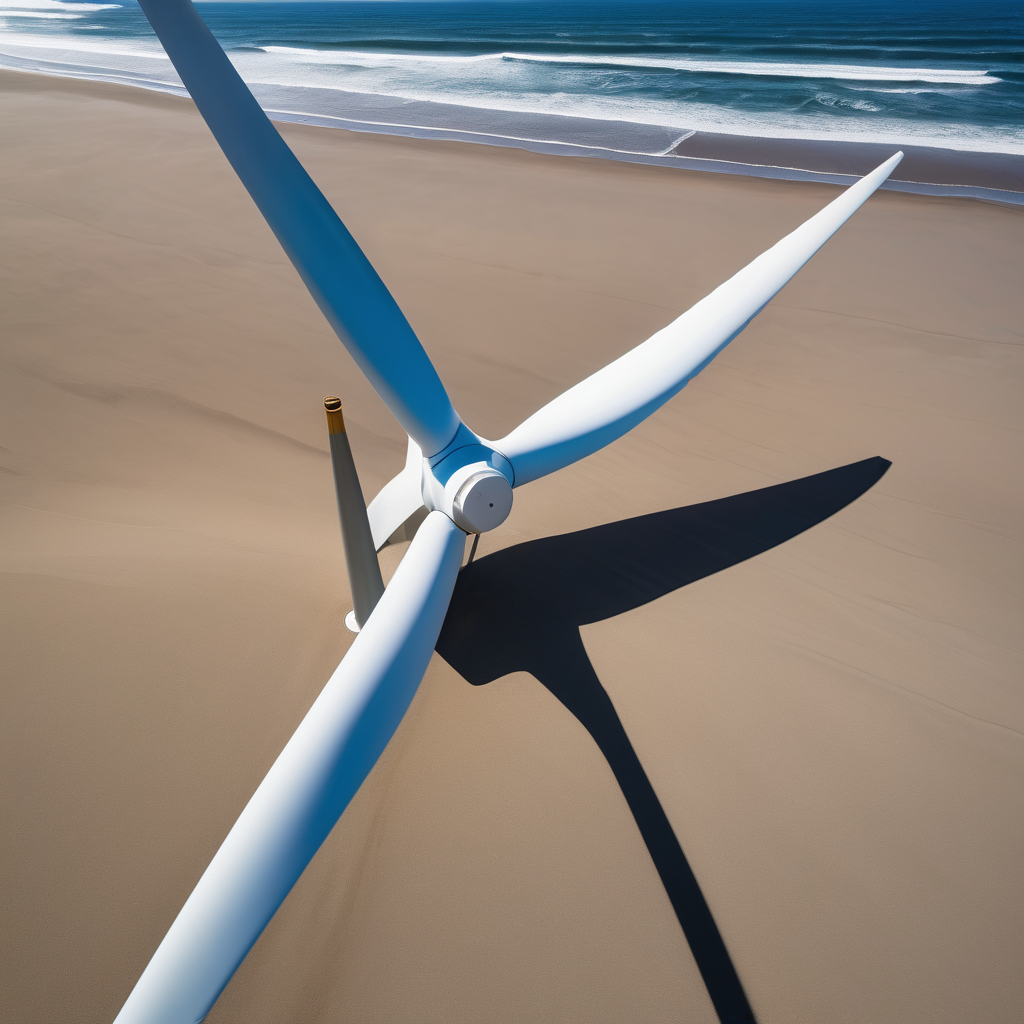Ireneusz Fąfara, President of the Management Board of ORLEN, has announced ambitious plans for the Baltic Power offshore wind farm, aiming to deliver its first electricity as early as next year. The project is set to meet up to 3% of Poland’s energy demand, marking a significant stride for renewable energy in the country. Advanced work is already underway at sea, including the installation of initial wind turbines with nacelles produced at a local factory in Szczecin.
These wind turbines, with heights exceeding 250 meters and blades longer than 115.5 meters—equal to the area of six soccer fields—represent a substantial technological investment. Notably, Baltic Power is pioneering the use of recycled steel in some tower components, leading to a reduction of approximately 10% in carbon emissions compared to standard manufacturing methods. The completion of this construction phase is anticipated by 2026.
A crucial aspect of the project is the nacelles produced by Vestas in Szczecin, a leading name in the Danish renewable energy sector. This factory not only supports the local economy by employing over 700 people but also marks a significant milestone as Baltic Power becomes the first commercial customer to utilize nacelles from this facility.
Baltic Power is distinguished as the most advanced offshore wind farm initiative in Poland and has made progress by utilizing various components sourced from local manufacturers. Alongside nacelles, Polish companies are supplying steel structures for the offshore stations, land cables, and transition pieces, amplifying local industry participation. Environmental assessments and logistics are also being handled by domestic firms, including general contractors responsible for the service base in Łeba and the power station in Choczewo.
Upon completion, the Baltic Power offshore wind farm aims to generate up to 4 TWh of electricity annually, contributing to Poland’s transition towards sustainable energy production. Covering an area of 130 km², the facility is strategically positioned 23 km offshore of Choczewo and Łeba, showcasing Poland’s commitment to expanding its renewable energy landscape. This project not only promises ecological benefits but also steers the development of a budding sector within the Polish industry, presenting a hopeful outlook for the future.
